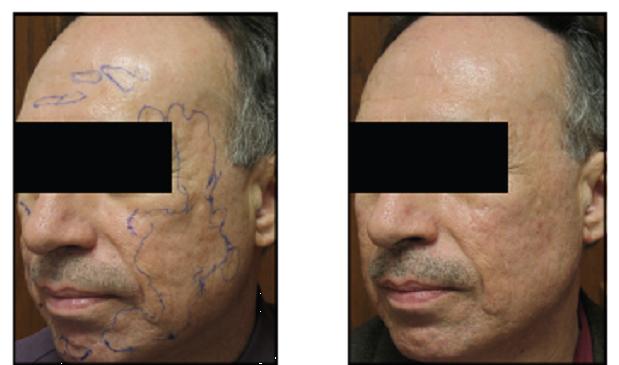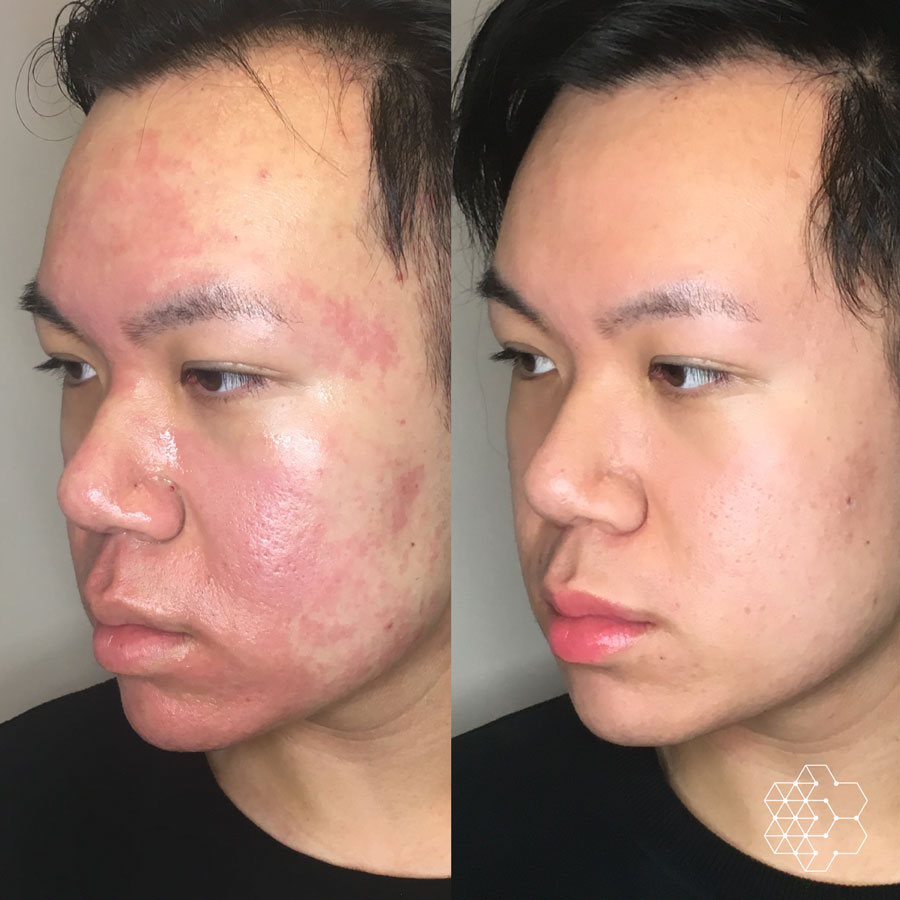Advanced Acne and Acne Scars Treatment: Say Goodbye to Imperfections
Advanced Acne and Acne Scars Treatment: Say Goodbye to Imperfections
Blog Article
Recognizing the Numerous Skin Conditions and Efficient Therapy Alternatives for Acne Marks
Acne marks stand for a complicated interplay of skin disease that substantially effect people' self-esteem and overall skin health and wellness. Recognizing the distinct kinds of acne marks-- atrophic and hypertrophic-- along with their underlying causes, is pivotal for identifying efficient treatment methods. Various healing options exist, ranging from innovative skin-related treatments to all-natural solutions. The efficacy of these treatments typically pivots on personalized assessments by qualified experts. As we check out the landscape of acne mark monitoring, it becomes evident that the trip toward more clear skin might include even more than simply topical services.
Kinds of Acne Marks
The 2 key classifications of acne marks are hypertrophic and atrophic marks. These scars are more identified into three subtypes: ice pick scars, which are slim and deep; boxcar scars, which are broader and have well-defined edges; and rolling marks, which create a wave-like look due to uneven skin structure.
In contrast, hypertrophic scars arise from an overflow of collagen throughout the recovery process, leading to increased areas on the skin. These scars are commonly strong and can differ in color, often showing up red or darker than the bordering skin.

Causes of Acne Scarring
Scarring takes place as an outcome of the body's all-natural healing reaction to swelling and injury brought on by acne lesions. When acne types, it causes an inflammatory response, causing the release of numerous cytokines and development aspects that promote recovery. This process can often lead to too much tissue formation or poor repair work, resulting in scars.
The primary root causes of acne scarring consist of the extent of the acne itself, period of the sores, and specific skin types. Serious inflammatory acne, such as nodules and cysts, is most likely to result in scarring due to deeper cells damage. In addition, inappropriate handling of acne sores, such as pressing or picking, can exacerbate cells injury and inflammation, increasing the possibility of scarring.
Genetic tendency additionally plays a considerable duty; individuals with a family history of scarring are at a greater danger. Skin kind and color can influence scar formation, as darker skin tones may experience post-inflammatory hyperpigmentation, while lighter skin may create atrophic scars.

Treatment Options for Scarring
Efficient therapy choices for acne scarring differ depending upon the type and seriousness of the scars. Typically classified into atrophic, hypertrophic, and keloid marks, these conditions need customized methods for ideal outcomes.
For atrophic marks, which are defined by a loss of tissue, treatments such as chemical peels, microdermabrasion, and laser treatment are typically utilized. These approaches promote skin revival and boost collagen manufacturing, therefore improving skin appearance. Subcision, a minimally invasive treatment, can additionally be reliable by separating fibrous bands below the skin.
Hypertrophic and keloid marks can be extra challenging to deal with. Options consist of corticosteroid injections to minimize swelling and flatten the marks. acne and acne scars treatment. In many cases, cryotherapy or laser treatment might be recommended to reduce their look
Surgical options are offered for serious scarring, where excision or skin grafting may be essential. It's crucial for people to seek advice from a skin specialist to analyze their particular scar kind and review one of the most ideal treatment plan. Integrating numerous therapies typically yields the very best outcomes, making sure that each patient's unique skin disease is attended to successfully.
Natural Home Remedy and All-natural Solutions
All-natural solutions and home solutions can provide an accessible method for individuals seeking to enhance the appearance of acne scars. Different components located in the home cooking area have demonstrated potential benefits in improving skin appearance and promoting healing.
Applying fresh aloe vera gel straight onto the marks can assist improve skin hydration and minimize soreness. Honey has natural anti-bacterial and moisturizing qualities that can assist in scar healing.
Another effective alternative is lemon juice, which serves as an all-natural exfoliant and can lighten hyperpigmentation. However, it needs to be utilized meticulously, as it might cause photosensitivity. Oatmeal masks are also beneficial; their gentle peeling can help eliminate dead skin cells while relaxing inflammation.
Essential oils, such as tea tree oil and lavender oil, can additionally support mark recovery as a result of their antimicrobial homes. It is crucial to execute a patch test before using any remedy to ensure there are no damaging reactions. These natural services can be a complementary method Going Here in the journey to lessen acne scars.
Protecting Against Future Scarring
Taking on a proactive approach to skin care can dramatically minimize the risk of establishing future acne marks. One of the essential methods is to manage acne efficiently as it arises (acne and acne scars treatment). This includes using non-comedogenic skin find out care items and medicines recommended by dermatologists that target acne without aggravating the skin. Routine cleansing, exfoliation, and hydration can assist maintain skin wellness and avoid clogged pores.
In addition, staying clear of the lure to squeeze or pick acne lesions is critical, as this can result in swelling and succeeding scarring. Instead, individuals must concentrate on using topical treatments that promote recovery and reduce swelling. Components such as salicylic acid, benzoyl peroxide, and retinoids are understood for their efficacy in managing acne and minimizing scars.

Lastly, keeping a healthy and balanced diet regimen rich in anti-oxidants and remaining hydrated assistances skin regrowth. By implementing these preventative actions, individuals can considerably decrease their risk of future scarring and advertise total skin wellness.
Final Thought
In verdict, a thorough understanding of acne scars, incorporating both atrophic and hypertrophic types, is necessary for reliable treatment approaches. Customized treatments, consisting of expert treatments and home remedies, can considerably improve skin appearance and appearance. Safety nets additionally play a crucial role in minimizing future scarring. Appointment with a skin specialist remains critical to devise individualized approaches that consider specific skin kinds and scar web link severity, inevitably enhancing the efficacy of scar monitoring methods.
Acne scars represent an intricate interplay of skin problems that considerably influence people' self-confidence and general skin health and wellness. The 2 key classifications of acne scars are atrophic and hypertrophic scars. These scars are more classified right into 3 subtypes: ice pick scars, which are slim and deep; boxcar scars, which are wider and have well-defined sides; and rolling marks, which create a wave-like appearance due to uneven skin appearance.
A thorough consultation with a skin doctor can help establish the most appropriate intervention, taking into account the individual's skin kind, scar seriousness, and total skin wellness.
Assessment with a dermatologist continues to be imperative to design tailored approaches that think about individual skin types and mark intensity, ultimately boosting the efficacy of mark monitoring techniques.
Report this page